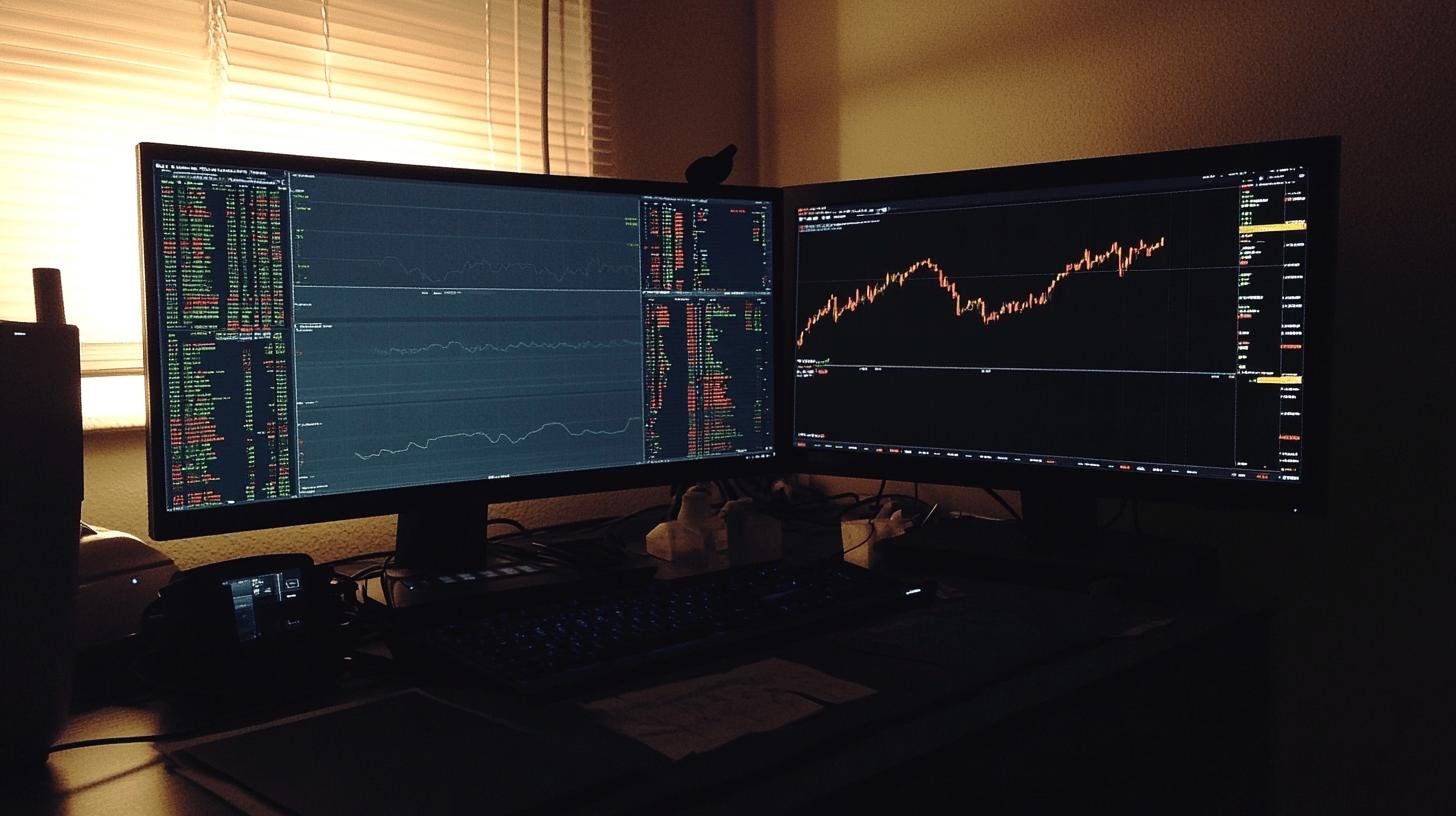TL;DR:
- Laissez-faire economics leads to market monopolies, reducing competition and consumer choices.
- Historical crises: Great Depression (1930s), 2008 Financial Crisis, Savings and Loan Crisis (1980s), Dot-com Bubble (late 1990s), Enron Scandal (2001) resulted from lack of regulation.
- Monopolies harm consumers by raising prices and limiting options (e.g., Standard Oil, AT&T, Microsoft, Amazon).
- Contributes to wealth inequality and social instability; solutions include progressive taxation, strengthening labor rights, public investment in education, and regulating monopolies.
- Causes labor exploitation and environmental harm through neglect of worker rights and ecological responsibilities.
Is the hands-off approach of laissez-faire economics as freeing as it promises, or is it a ticking time bomb for market stability? Critics argue that minimal government intervention might sound appealing, yet it frequently leads to unchecked market failures and economic chaos. This lack of regulation can allow monopolies to flourish and stifle competition, potentially harming both consumers and the economy. By exploring the underlying risks of laissez-faire policies, we’ll uncover how this economic model may do more harm than good in the long run.
Lack of Regulation in Laissez-Faire Economics
Laissez-faire economics allows private companies to operate with minimal government interference. This lack of oversight can result in market monopolies and reduced competition. When firms dominate the market unchecked, they can manipulate prices and limit consumer choices. This ultimately hurts the economy. Without regulation, monopolies can hinder innovation and block new companies, causing inefficiencies and market failures.
Throughout history, insufficient regulation in laissez-faire systems has led to economic downturns. The Great Depression in the 1930s showed the dangers of unchecked financial practices, resulting in widespread collapse. Similarly, the 2008 financial crisis highlighted how lax oversight can trigger a global recession. These events emphasize the need for some government intervention to maintain stability.
- Great Depression (1930s): Lack of banking regulation led to economic collapse.
- 2008 Financial Crisis: Unregulated mortgage lending caused a global recession.
- Savings and Loan Crisis (1980s): Deregulation led to risky investments and financial collapse.
- Dot-com Bubble (Late 1990s): Insufficient tech stock regulation resulted in a market crash.
- Enron Scandal (2001): Lack of oversight enabled fraudulent practices and a major bankruptcy.
Monopolies and Corporate Power

How do laissez-faire policies lead to monopolistic behavior? Without government checks, companies can dominate markets, controlling prices and limiting choices. This creates an environment where a few players wield extensive power, stifling competition and innovation.
How do monopolies harm consumers? They face higher prices and fewer options. When one company dominates, it sets prices without fear of losing consumers to competitors. This lack of choice often results in lower quality and reduced service.
The concentration of corporate power under laissez-faire policies poses societal risks. Large corporations can influence the political and economic landscape, prioritizing profit over public interest. This power imbalance can result in policies favoring these dominant firms, entrenching their position and increasing social inequality.
| Company | Monopoly Effect |
|---|---|
| Standard Oil | Controlled the oil market, raising prices |
| AT&T | Dominated telecom, stifling competition until breakup |
| Microsoft | Bundled products to suppress software rivals |
| Amazon | Uses pricing power to undercut and absorb competitors |
Social Inequality and Wealth Disparity
How do laissez-faire policies contribute to wealth inequality? They often allow the wealthy to get richer while others struggle. Without regulation, those with means can acquire assets, creating a significant wealth gap. The rich have access to better opportunities, investments, and resources, enabling exponential wealth growth.
What societal impacts arise from wealth concentration? In societies with wealth concentrated in a few hands, social instability can ensue. The gap between rich and poor widens, causing tension and limiting social mobility. This imbalance can lead to disenfranchisement and reduced access to essential services like education and healthcare for the less privileged.
To address economic disparity in laissez-faire systems, consider these solutions:
- Progressive Taxation: Implement higher taxes on the wealthy to redistribute resources evenly.
- Strengthening Labor Rights: Ensure fair wages and working conditions to reduce income inequality.
- Public Investment in Education: Provide equal educational opportunities for everyone.
- Regulation of Monopolies: Enforce antitrust laws to curb corporate power and promote fair competition.
By tackling these issues, societies can work toward a balanced economic environment, reducing the risks posed by laissez-faire systems.
Labor Exploitation Under Laissez-Faire Economics

How does laissez-faire economics lead to labor exploitation? By minimizing government oversight, these policies let businesses prioritize profit over worker welfare. This creates an environment where companies can enforce low wages and poor working conditions without legal repercussions. Workers often lack the bargaining power to demand fair treatment, leading to a cycle of exploitation.
Laissez-faire ideology undermines worker rights by neglecting the power imbalance between employers and employees. Without enforced standards, businesses lack incentive to ensure safe workplaces or provide benefits. This neglect can harm workers physically and financially, leaving them without recourse.
- Industrial Revolution (19th Century): Workers faced long hours and unsafe conditions due to a focus on efficiency.
- Gilded Age (Late 1800s): Child labor was widespread in factories with little regulation.
- Early 20th Century Sweatshops: Immigrant workers endured harsh conditions in urban sweatshops.
- Tech Industry (Modern Day): Gig economy workers often lack benefits and job security.
Environmental Impact of Laissez-Faire Policies
How do laissez-faire policies cause environmental harm? By ignoring regulation, they overlook harmful industrial byproducts. Companies, driven by profit, often neglect environmental responsibilities. This leads to pollution and resource depletion.
Examples include unchecked emissions from factories, deforestation for industrial growth, and overfishing in unregulated waters. These practices not only harm ecosystems but also threaten the sustainability of natural resources.
- Pollution: Factories emit harmful pollutants without regulation.
- Deforestation: Companies clear forests for expansion, ignoring ecological impacts.
- Overfishing: Inadequate oversight depletes fish stocks, disrupting marine life balance.
Final Words
Exploring the cons of laissez-faire economics revealed serious issues from lack of regulation. This system often leads to monopolies, economic instability, and market failures. Examples from history show how unchecked corporate power harms consumers and widens wealth gaps.
Without regulation, laborers face exploitation and environmental harm increases. Each section pointed out how these principles create social and economic inequality. Solutions include regulatory policies and consumer awareness for better balance.
While laissez-faire policies might promise freedom, the downsides show the need for oversight and fairness. Embracing regulation could offer a more stable, equitable economy.
FAQ
What are the pros and cons of laissez-faire economics?
Laissez-faire economics allows businesses to operate with minimal government interference, promoting innovation and efficiency. However, it often leads to monopolies, reduced competition, and economic instability due to lack of regulation.
What is a negative result of laissez-faire economics?
A negative result of laissez-faire economics can be the creation of monopolies, which stifle competition and can exploit consumers. This can result in higher prices and lower product quality.
Did laissez-faire allow monopolies?
Yes, laissez-faire policies often allow monopolies to form by reducing government oversight, leading to less competition and giving companies more power over markets.
How does laissez-faire lead to social inequality and wealth disparity?
Laissez-faire economics can lead to social inequality by allowing wealth to concentrate among a small group, widening the gap between rich and poor, and limiting social mobility.
What are some historical examples of market failures due to laissez-faire?
Historical examples include the Great Depression and the 2008 financial crisis, where lack of regulation contributed to economic downturns and market collapse.
How can laissez-faire policies contribute to labor exploitation?
Without regulation, companies may exploit workers by offering low wages, poor working conditions, and limited rights, prioritizing profits over employee welfare.
How do laissez-faire policies impact the environment?
Laissez-faire policies can lead to environmental degradation as businesses may ignore environmental costs to maximize profits, resulting in pollution and unsustainable resource use.

